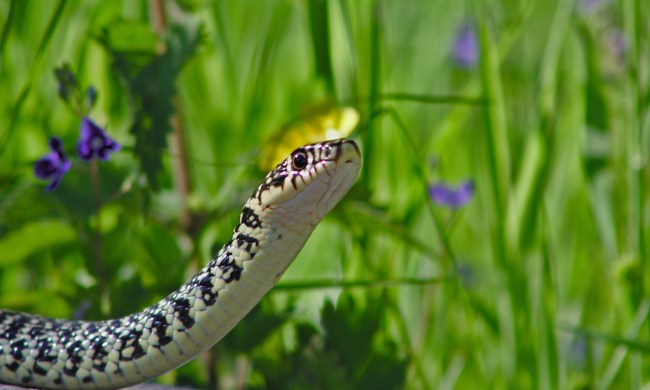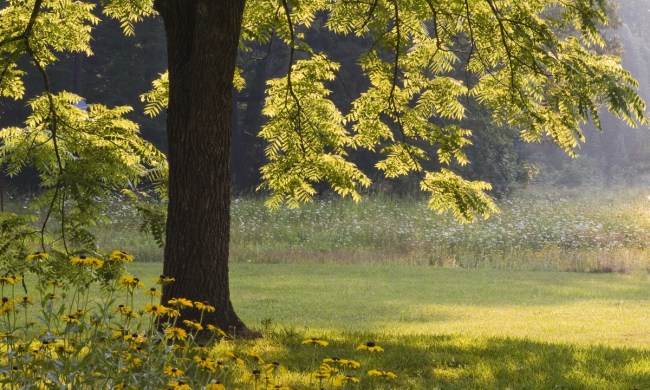
Butterflies are crucial pollinators for outdoor gardens. Oftentimes, we observe them in passing as they come and go from the flowers we plant year to year. Some years, you may see a lot of butterflies, and others, not so much, and it likely has to do with the types of flowers and shrubs you’re planting.
Butterfly gardens help provide these fluttering creatures with a nice habitat and support their growth as a species. Starting one, however, is a bit more involved than just planting flowers butterflies like. What is a butterfly garden, and how do you create one? Here’s what you need to know.
What is a butterfly garden?

Butterfly sanctuaries, butterfly habitats, butterfly gardens: they all serve the same purpose. Each is an outdoor (or sometimes indoor) space where butterflies can come to lay their eggs and call home. The plants you grow and choose in these gardens are selected specifically to provide nutrition for every stage of a butterfly’s life, starting with the larvae.
Many butterflies are most active during the height of the growing season because this is when most flowers are blooming, and as such, a majority of butterfly gardens are prepared and planted earlier on in the spring.
The best zones for butterfly gardens
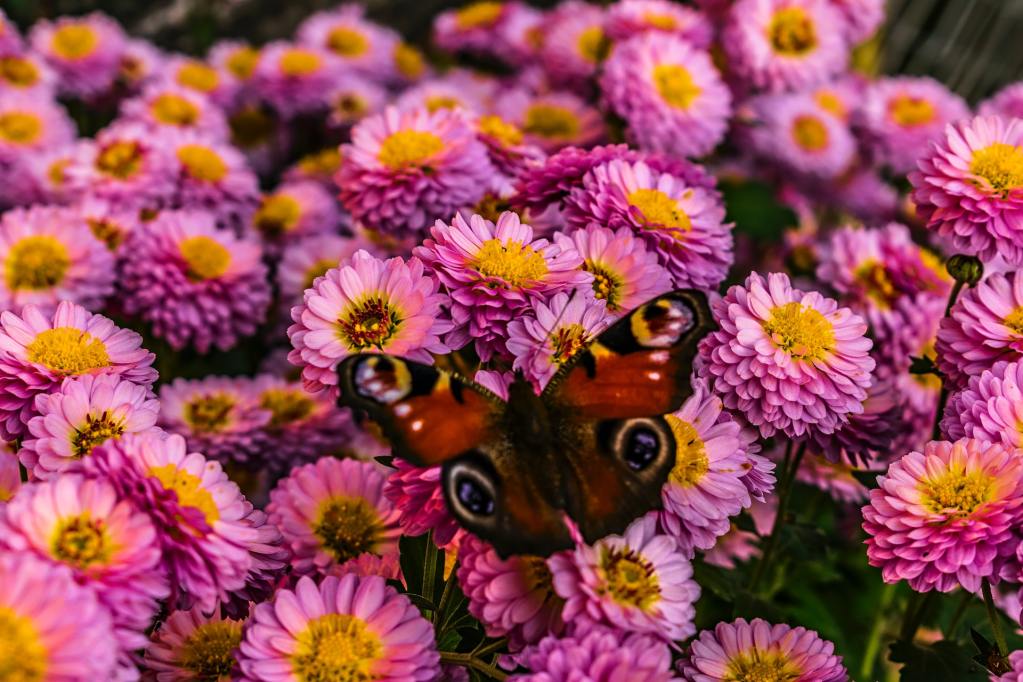
Most zones can accommodate butterfly gardens in the warmer months. Your key focus should be what butterflies frequent your area. Like most animals, their migration patterns and habitats can change from region to region. Butterflies in the southern hemisphere may not be located in the northern hemisphere (and vice versa), so it’s always a good idea to research the types that frequent your area in order to plant the best butterfly garden you possibly can.
A good way to do this is to visit other local butterfly gardens — if you know of any — or purchase butterfly field guides. Both sources will let you know which butterflies live in the area and what types of plants and food they prefer.
What plants are good for butterfly gardens?
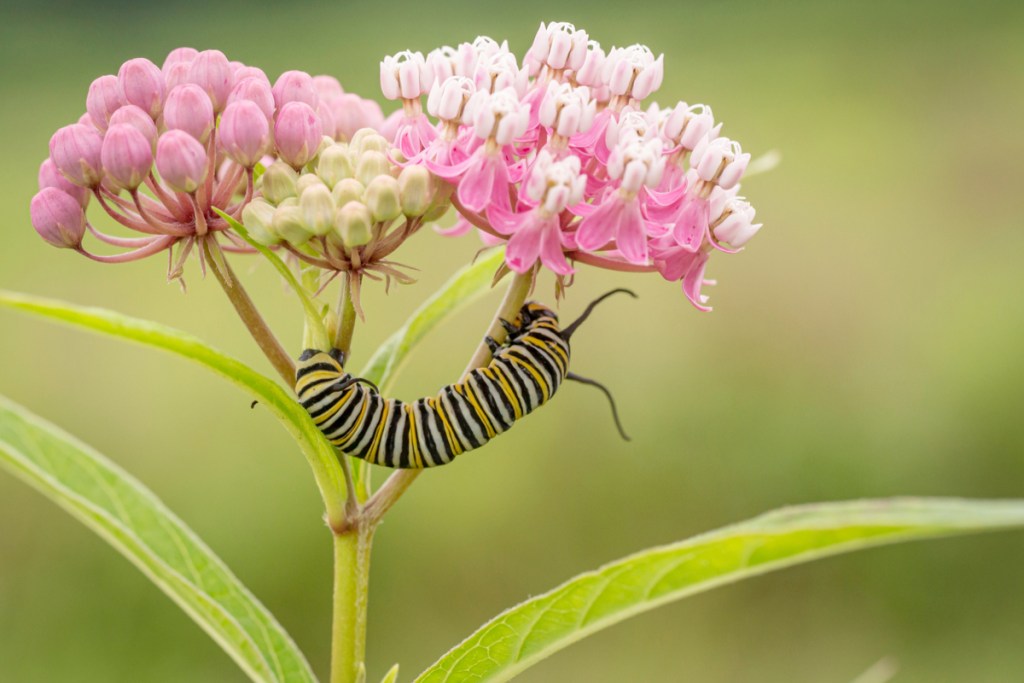
The exact plants you choose will vary from region to region, but the general makeup of butterfly gardens is the same no matter where you live. You want a good mix of both butterfly food plants and caterpillar food plants. The ones you see at nurseries that are often marked as “butterfly friendly” are really only referring to their adult stage of life. Caterpillars can’t feed on nectar the way their adult counterparts can, and as such, need a different set of plants to survive and grow their wings.
Some good nectar plants to include are:
- Black-eyed Susans
- Bluestar
- Butterfly bushes
- Butterfly weed
- Coneflowers
- Lantana
- Lavender
- Phlox
- Pot marigolds
- Swamp milkweed
Butterfly gardens should be a good balance of both plants that butterflies can feed from and plants that caterpillars can feed from. If you don’t take caterpillars into consideration, your garden may still attract butterflies — but they won’t stick around. They won’t lay their eggs or make the garden their home. So, if that’s your end goal, research what caterpillars like, too, and see if you can find those plants at a local nursery or order seeds online.
Maintaining your butterfly garden

Butterfly gardens don’t stop once the flowers are planted. There are actually a few other things you need to make sure to include in order to turn the garden into a home.
Offering a water source
Because butterflies feed on nectar, tree sap, and dew, they don’t need much additional water to survive; however, “pudding stations” (puddles with moist dirt or sand) are an additional source for butterflies drink from. They should be put in a more sheltered area where butterflies can easily access them if there’s wind.
Adding trees and shrubs
Although they can create unwanted shade, trees and shrubs are an essential part of butterfly gardens. They provide the butterflies with a barrier from the wind and give them a place where they can hide from predators and roost. Most shrubs and trees also serve as food for caterpillars.
Providing sunlight
As cold-blooded insects, butterflies love to bask in the sun. Having a few flat stones that sit in spots of morning sun throughout the garden will give them a place to land, rest, and warm their wings. Because of this, it’s important to place your butterfly garden where it will receive roughly six hours of direct sunlight per day. Don’t plant the trees where they’ll block the morning sun.
Avoiding pesticides
If you want a thriving butterfly garden, skip the insecticides and pesticides. You also want to be careful about natural and organic options, since they can still harm butterflies and other pollinators. You may want to consider more manual approaches to pest control, such as covering your plants with nets, picking off pests with your hands, and blasting infestations off with water.
Be swift to address any pest issue — it’s best to prevent pests in the first place. Keep your garden tidy, attract natural predators, and always check the leaves and roots of your plants before you buy them.
Tailoring your garden to specific butterflies
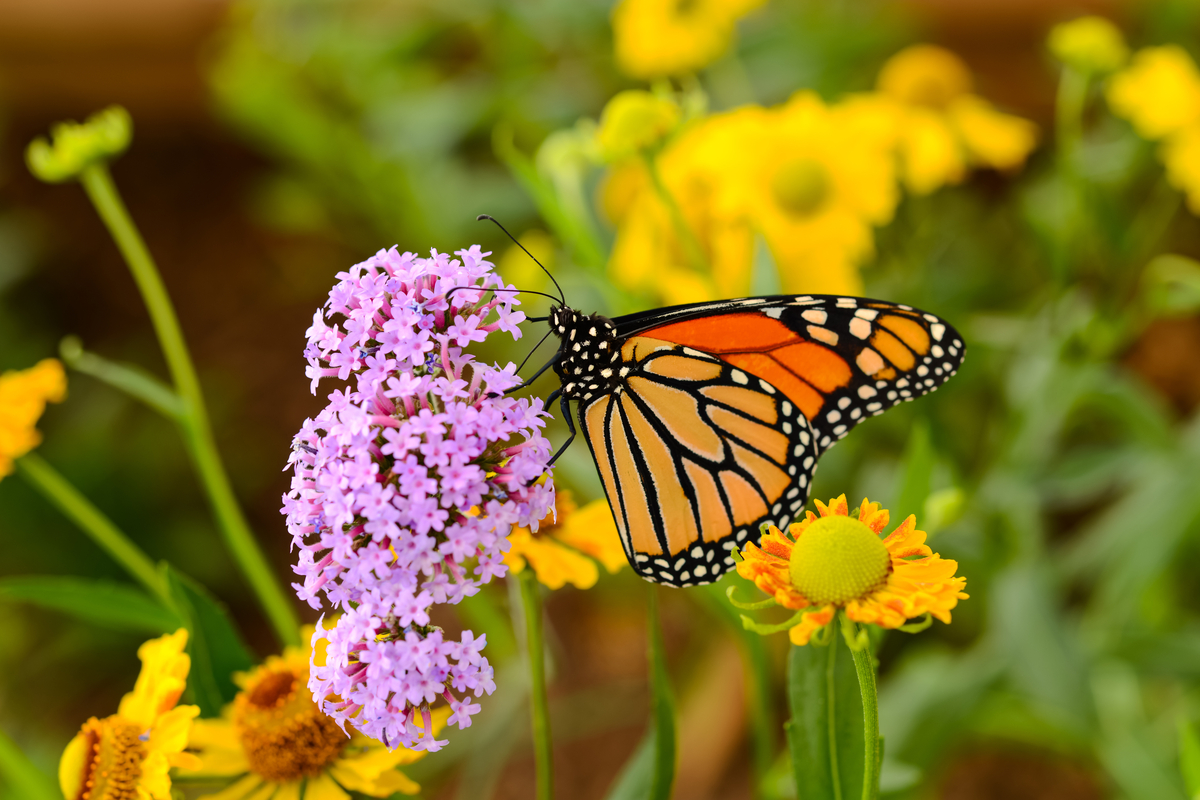
Having a wide range of plants available in your butterfly garden is fabulous for helping attract a variety of species. However, if you’re interested in helping the populations of a specific butterfly, you can always tailor the garden more toward them. For example, if you want a butterfly garden specific to monarch butterflies, plant a lot of milkweed and other flowers attractive to monarchs. These flowers may attract other butterflies as well, but you can easily make the main focus be one or two species, if desired.
Butterfly gardens are possible to make in large and small spaces! If you don’t have room for trees, you can set up an arbor that will still provide them with some shelter (and that way, you won’t have to worry about the ever-expanding roots underground). Having a butterfly garden alongside a regular flower garden will attract many beneficial pollinators and give butterflies a space to call home.
